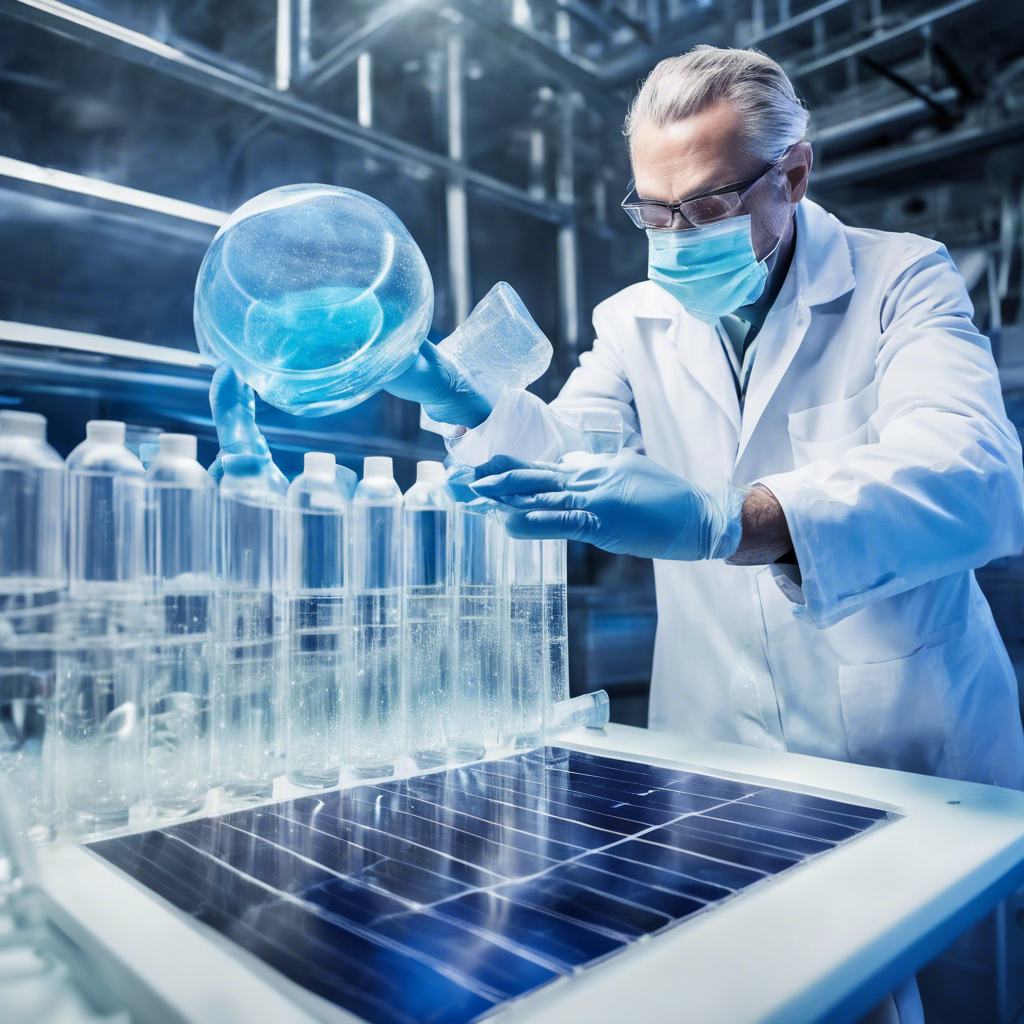New research offers a potential solution to global water scarcity through the use of renewable energy
In a groundbreaking study, scientists at Nankai University in Tianjin, China, have developed a solar-powered desalination system that utilizes smart DNA hydrogels to produce fresh water. This innovative approach offers a more efficient and sustainable solution to global water scarcity, addressing the limitations of conventional desalination strategies. The research, published in the journal Science Advances, not only provides a promising method for water desalination but also offers the potential for extracting valuable resources from seawater.
DNA Hydrogels Revolutionize Desalination
The solar-powered desalination system developed by the researchers at Nankai University incorporates the use of DNA hydrogels, which do not consume additional energy compared to conventional methods such as reverse osmosis. These DNA hydrogels have the ability to absorb sunlight, reducing the energy required for water evaporation. Additionally, the hydrogels contain functional DNA molecules that can respond to various stimuli, enabling the extraction of uranyl ions found in low concentrations in seawater.
Efficient Extraction of Uranium and Valuable Minerals
The DNA hydrogel matrix is designed to target uranyl ions and is loaded with graphene oxide, a material commonly used to absorb solar radiation. This enables the efficient extraction of uranium and other valuable minerals from seawater. The researchers also suggest that the DNA structures can be programmed to extract other targets, such as lithium ions. This breakthrough has significant implications for the future of nuclear energy and the extraction of essential resources.
Promising Results and Environmental Benefits
Experiments conducted in the Bohai Sea in northeast China demonstrated the efficiency of the solar-powered desalination system. The DNA hydrogel matrix, loaded with graphene oxide, was able to evaporate water at a rate of 3.54 kilograms per square meter per hour. Furthermore, the system exhibited a 10.4 times higher selectivity for extracting uranyl ions compared to interfering ionic species like vanadium. These promising results indicate the potential of this technology to address future water supply issues while minimizing emissions.
Challenges and Future Prospects
While the solar-powered desalination system shows great promise, there are still barriers to overcome before it can be implemented on a larger scale. Critics of current desalination methods have raised concerns about their cost, inefficiency, and negative impact on local ecosystems. However, solar desalination offers a viable alternative to these energy-intensive technologies. The researchers believe that with further advancements in automated DNA synthesis and related technologies, the system demonstrated in this study could be developed into smart integrated devices for large-scale applications.
Conclusion:
The development of a solar-powered desalination system using DNA hydrogels represents a significant advancement in addressing global water scarcity. By harnessing the power of renewable energy and incorporating smart DNA hydrogels, this innovative approach offers a more efficient and sustainable solution compared to conventional desalination methods. Furthermore, the potential for extracting valuable resources from seawater, such as uranium and lithium, adds another dimension to the significance of this research. While challenges remain, the future prospects for this technology are promising, with the potential for large-scale applications that conserve energy and ensure a sustainable water supply.

